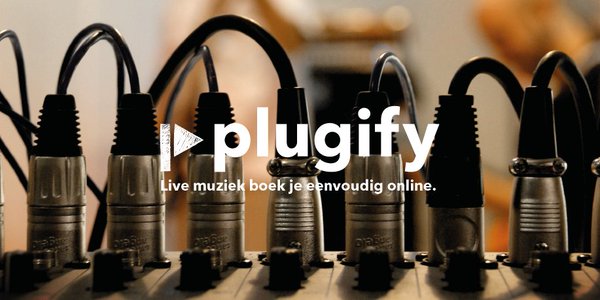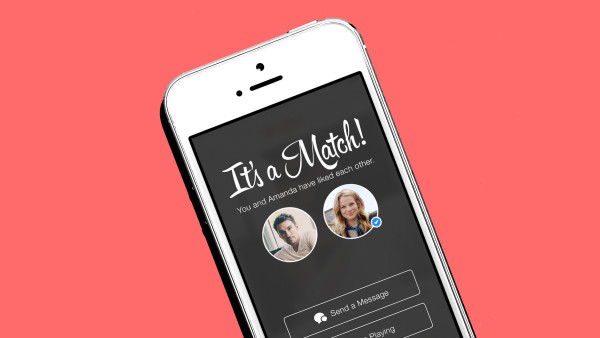Imagine, you are looking for an artist to perform, at your wedding, your office party, to spice up your huis-warming, for in your café or restaurant or for your best friends birthday. Where do you go? We used to have to google artists, call around, use the phone book or use a third party booking agents.. which always charge way to much. And this all is just way too complicated.
Why not make it easier?
Plugify has disrupted the music booking industry in the Netherlands. Plugify was set up to make the search for artists a lot easier. The success of Plugify is already evident, in just one day it reached €200.000 through Crowdfunding and in five weeks it reached it’s goal of € 745.690!
How does it work?
Think of Airbnb and Booking.com, how simple it is to book an apartment or hotel? Plugify is the Airbnb for booking artists! Within 4 simple steps you can book the artists of your dream on the Plugify Platform. The first step is to find the artists and get a taste of their style. On Plugify there are already more than 380 artists, from DJ’s to pianists to coverbands to quarttets. Moreover, in every price range you can find unique talents. There are multiple filters such as price, length of performance, repertoire and mood and within seconds you can find the artists to your preference! Every artist has to post a video and picture of what there set looks like so the customer can get a taste of what the artist is about. Step 2, Check availability. Within three days the artist will reply and let you know whether they are available. Step 3. Accept the artists offer. The Plugify artists also allows direct and secured payment. The price of the a performance is immediately transparent. So no more envelopes of cash on the evening itself or invoices afterwards. Moreover, once you paid it’s a done deal, so no more costs after the performance such as parking costs or transfer costs. The motto of Plugify is what you see is what you get!
Step 4: Enjoy the music and rate the artists. Once the artists has performed the booker gets a request to review the artist. This only takes 2 to 5 minutes and not only does the artist benefit from this but the Plugify Community as well. Why? Because the better the reviews, the higher the artists are in the ranking. This also serves as an incentive for artists to book through Plugify as the more they play, the more reviews, the higher they get in the rankings and the more they get booked. It’s a vicious cycle and creates high switching costs for artists.
What’s in it for Plugify? Plugify earns 12 % commission from the booking. However, as a further incentive for its artists the commission decreases to solely 8% the more the artists get booked! This way, Plugify promotes the artist to get booked through Plugify and discourages the artist to “go around” Plugify.
But what if the artist needs technique and apparatus and this is not available at the wished location? Plugify has thought of that as well. You can rent the right and appropriate technique on Plugify without a third person and the technique rental company has direct contact with the artist so no more hassle for the customer!
The Plugify platform is a community for both artists and bookers and is a win-win situation. The more artists join the platform, the more bookers will come to the platform and the more artists will be booked. The value of Plugify is in it’s users. Plugify enjoys scale as it’s competitors aren’t as far along and hesitant in reacting. This increases the bargaining power for Plugify and widens their competitive moat.
Plugify still has a long road ahead of them but they are on the right track. Let the music flow!



